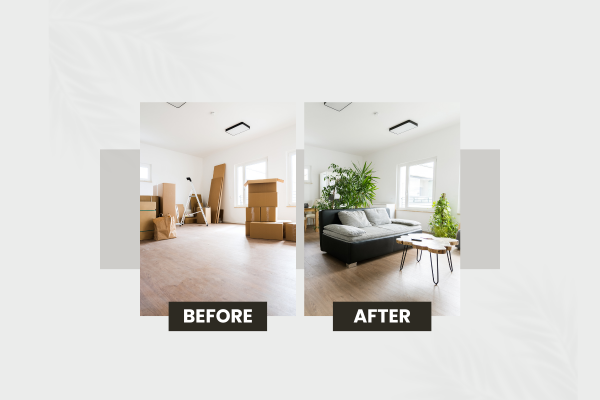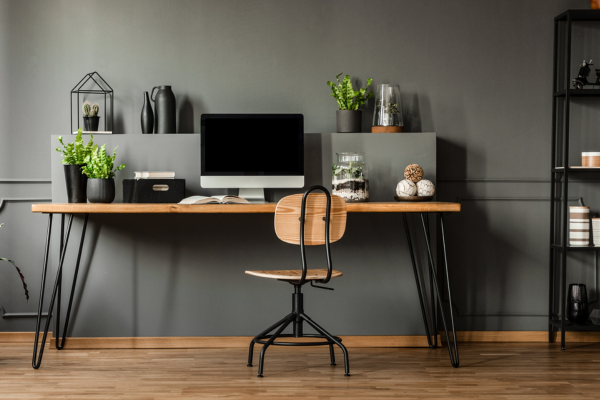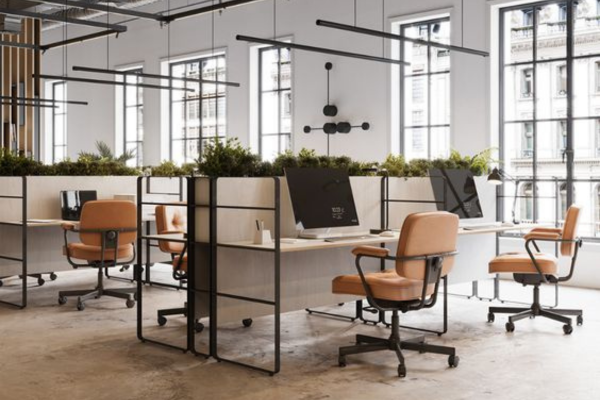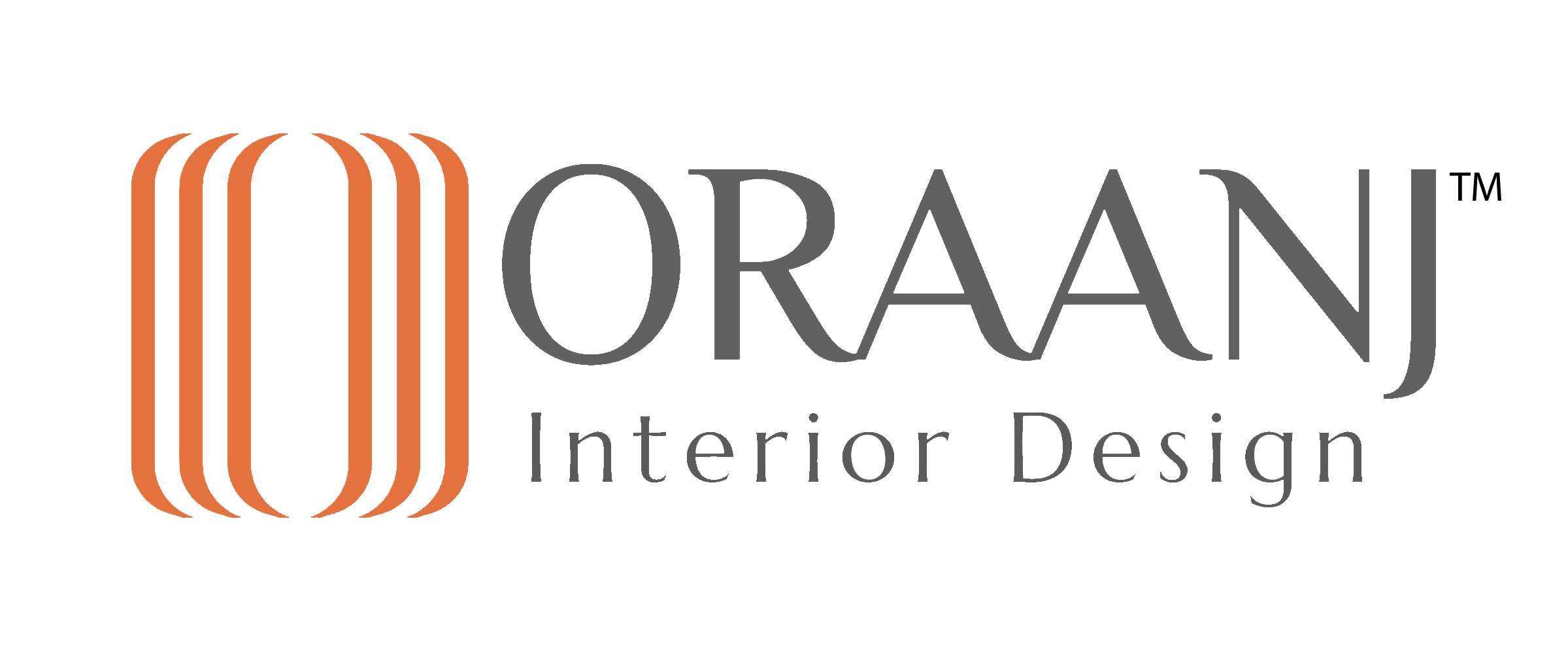Transforming Office Spaces Before and After Interior Design Makeovers
Transforming Office Spaces
Before and After Interior Design Makeovers
“Form follows function – that has been misunderstood.
Form and function should be one, joined in a spiritual union.”
-Frank Lloyd Wright
Learn how workplaces have been transformed by advances in office interior design, which have increased productivity and promoted success. The article highlights five extraordinary transformations, from encouraging creativity to enhancing morale and teamwork. Watch how clever layouts may boost employee morale and foster innovation, which eventually leads to business expansion. Offices have transformed into hubs of efficiency and collaboration thanks to careful planning and design, reflecting the forward-thinking attitude to contemporary work spaces. Accept the remarkable developments in office design and observe personally how the ideal layout may produce a harmonious and effective environment for any firm.
1. Open and Airy
Before: This office was small, disorganised, and dimly lit. Employee isolation was a result of the outmoded cubicles, which hampered collaboration and teamwork. Uninspired interior design features included worn-out furniture and dull wall colours.
After: Creating a spacious and open environment was the main goal of the renovation. The elimination of the cubicles freed up the area and let in a lot of natural light. To invigorate the area, neutral hues with colourful accents were chosen. The provision of community spaces and flexible workstations encouraged employee interaction and a sense of belonging.
Before: The former office had no connection to the outside, which created a dreary and tense environment. Employee well-being suffered and stress levels rose due to the lack of vegetation and other natural components.
After: The renovation used biophilic design ideas to make the workspace seem like an oasis. The area was converted into a peaceful sanctuary with lush indoor plants, living walls, and earthy materials. A happier and healthier workforce resulted from the use of biophilic features, which not only enhanced air quality but also increased employee creativity and productivity.
3. Tech-Savvy Innovation
Before: The antiquated workplace lacks the technology necessary to accommodate contemporary operations. Productivity and innovation were hampered by a lack of collaboration tools, obsolete wiring, and power outlets.
After: The office underwent renovation with an emphasis on seamless technological integration. Wireless charging stations, interactive panels, and smart boards were thoughtfully positioned around the area. The workplace evolved into a hotbed for innovation and creativity, inspiring staff to come up with ideas and work well together.
4. Elegance and Sophistication
Before: The working environment appeared antiquated and uninspiring due to the ubiquitous furnishings and plain walls. The design approach lacked unity, which led to confusion and an unprofessional attitude.
After: Elegance and sophistication were brought to the fore through the alteration. The look was improved with a calming colour palette and thoughtfully chosen furniture. Clients and guests had a lasting impression of the space because of the inclusion of appropriate artwork and statement lighting fixtures that gave it character and charm.
5. Hybrid Workspace:
Before: The office was not flexible enough to accommodate different work styles because it was only designed around individual workstations.
After: The idea of a blended workstation was accepted by the transformation. Flexible office furnishings, such movable walls and adjustable desks, allowed staff members to customise their workspaces to suit their individual requirements. A more engaged and contented staff was the outcome of this adaptability, which also improved productivity and work-life balance.
These motivational workplace renovations show the substantial influence that interior design has on working environments. The opportunities are endless, ranging from encouraging cooperation and wellbeing to using technology and embracing nature. Companies may create work environments that stimulate creativity, boost productivity, and ultimately result in commercial success by investing in smart and cutting-edge interior design.
Author: Gunjan Khemka (Interior Designer)




Comments
Post a Comment